
Increased Access to Naloxone is Saving Lives
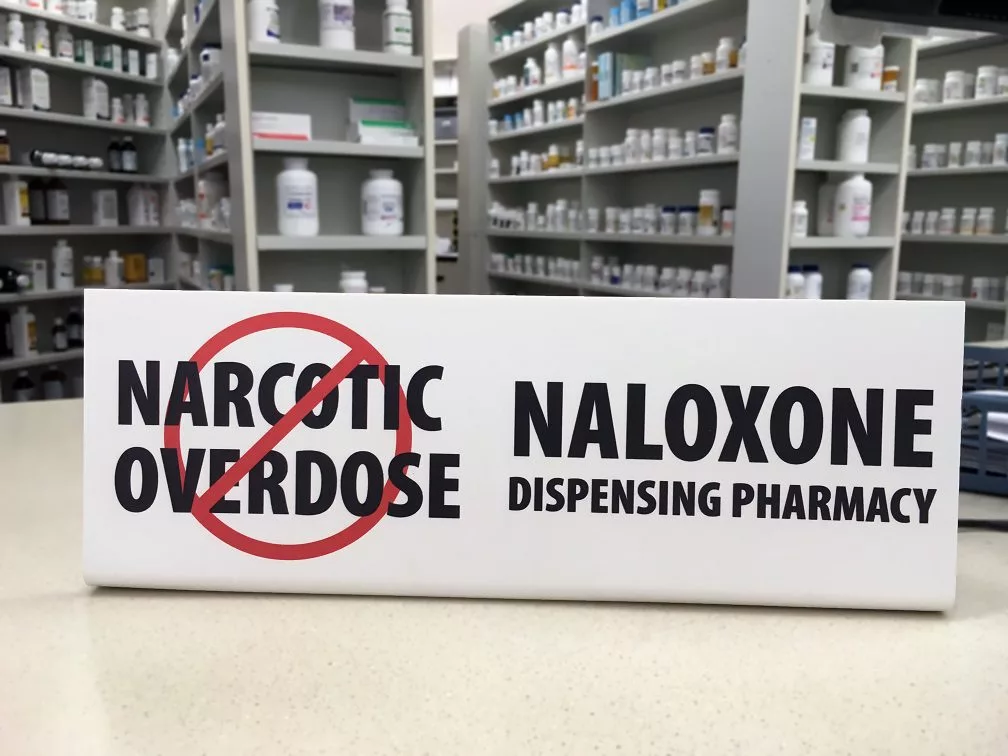
Written by: Joe Mangiardi, NES, Inc.
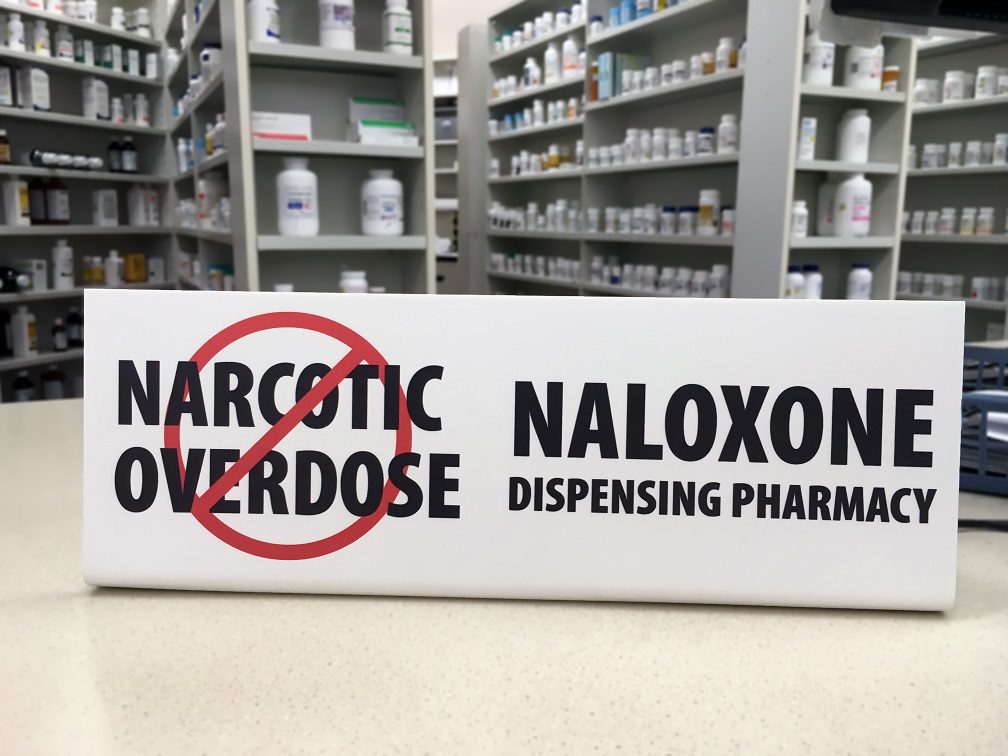 Life-saving naloxone is becoming more available to citizens across the country who are concerned with being equipped to reverse a potential opioid overdose.
Life-saving naloxone is becoming more available to citizens across the country who are concerned with being equipped to reverse a potential opioid overdose.
Naloxone for Law Enforcement Provided by National Sheriffs’ Association and Purdue Pharma
Pharmaceutical manufacturer Purdue Pharma L.P. and the National Sheriffs’ Association (NSA) have recently extended a partnership that provides training and free naloxone overdose kits to law enforcement personnel whose departments could not otherwise have afforded them. Purdue Pharma originally initiated the program in late 2015 with a $350,000 grant, enabling NSA to distribute these life-saving naloxone kits to front-line officers throughout the United States. Spurred on by the success of the program and the widespread need for such support, a June 26th, 2017 announcement stated that Purdue Pharma has contributed another $500,000 to the cause.
Since the inception of the naloxone program in 2015, NSA has trained over 600 deputies and officers on the administration of naloxone and the necessity for first responders to have this “rescue drug” readily available. Twelve law enforcement agencies and offices across eight states have received five hundred 2-dose naloxone kits each through the program. According to an NSA publication entitled May 2017 REPORT – Law Enforcement and Purdue Pharma: Saving Lives, these efforts have so far saved an estimated 121 lives.
What is Naloxone?
According to the National Institute on Drug Abuse (NIDA), naloxone is “a medication designed to rapidly reverse opioid overdose” that “binds to opioid receptors and can reverse and block the effects of other opioids.” For a subject who has overdosed on prescription opioid medication, heroin, or fentanyl, naloxone can restore normal breathing and rescue the subject from his or her critical drug-induced medical condition (for more information on the dangers of fentanyl, refer to the recent NES article Brian Escamilla of NES and The Hazmat Guys).
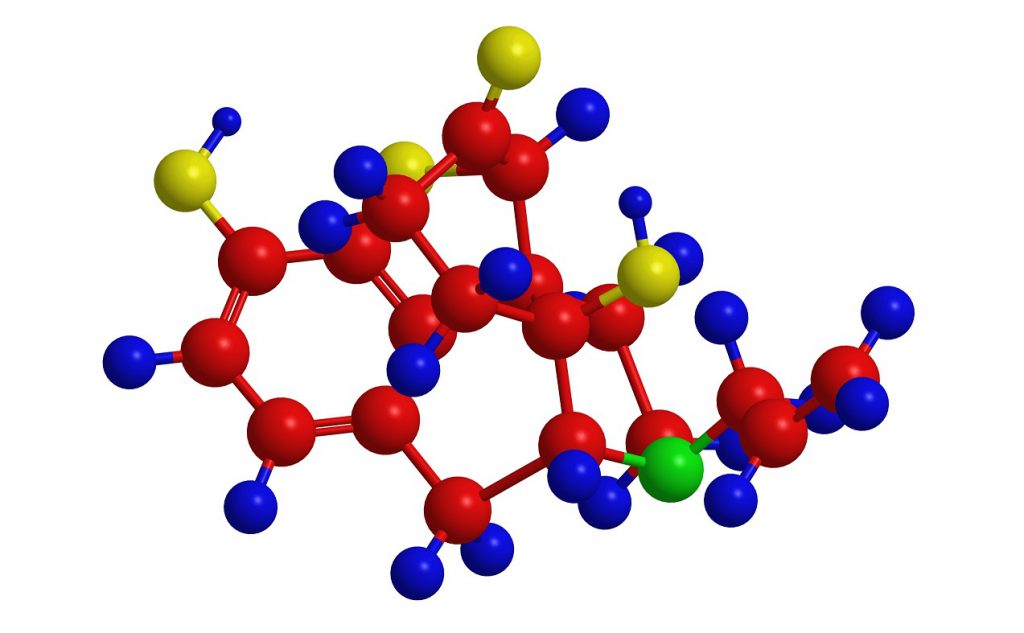 Pictured here is a rendition of the naloxone molecular structure.
Pictured here is a rendition of the naloxone molecular structure.
Classified as an opioid antagonist, naloxone works in minutes by binding to opioid receptors, which are located in the body’s nervous system and digestive tract. This action blocks or reverses the opioid’s effects, allowing normal breathing to be restored. A further advantage of naloxone is that it is non-addictive and safe to use in multiple doses (multiple doses are often required to successfully revive a subject). Certain withdrawal symptoms are possible, including headache, blood pressure changes, elevated heart rate, sweating, nausea, vomiting, and tremors, but are well worth the risk when considering death is often the alternative.
Note: naloxone may not be effective on newly synthesized opioids if those opioids do not function in the usual manner of binding to opioid receptors; more data must be collected on some of these novel street level illicit drugs before such determinations can be made.
Naloxone has been approved by the U.S. Food and Drug Administration (FDA) in three main forms:
Injectable
This method of naloxone delivery comes in injectable vial form and is not intended to be administered by regular citizens. This option is best suited for use by properly trained professional law enforcement, first responders, and healthcare personnel.
Auto-Injectable
The auto-injectable variety is available under the brand name Evzio®. Designed to be injected into the outer thigh, this delivery mechanism is easy to use and comes with detailed instructions including voice guidance. This product is meant to be used not only by trained first responders and medical personnel but also by friends and family members.
Nasal Spray
A needle-free option, naloxone nasal spray Narcan® is currently the only FDA-approved medication of its kind. Narcan is also safe and easy to use for friends and family members in the case of a known or suspected opioid overdose.
In the above video, Dr. Phil Skolnick of NIDA discusses the life-saving advantages of intranasal naloxone.
Though the auto-injectable and nasal spray forms of naloxone can be safely and effectively administered by friends and family, professional medical attention should always be summoned following a naloxone-requiring event. For a list of generic approved naloxone products, search the online FDA Orange Book for active ingredient ‘naloxone’.
The Opioid Epidemic: Why Naloxone is Needed More Than Ever
An NIDA publication on the opioid crisis, revised June 2017, states that more than 90 Americans die from opioid overdose on a daily basis. The epidemic reportedly imposes a $78.5 billion annual economic burden on the U.S. when associated legal processes, healthcare costs, negative workforce productivity, and addiction treatments are taken into consideration.
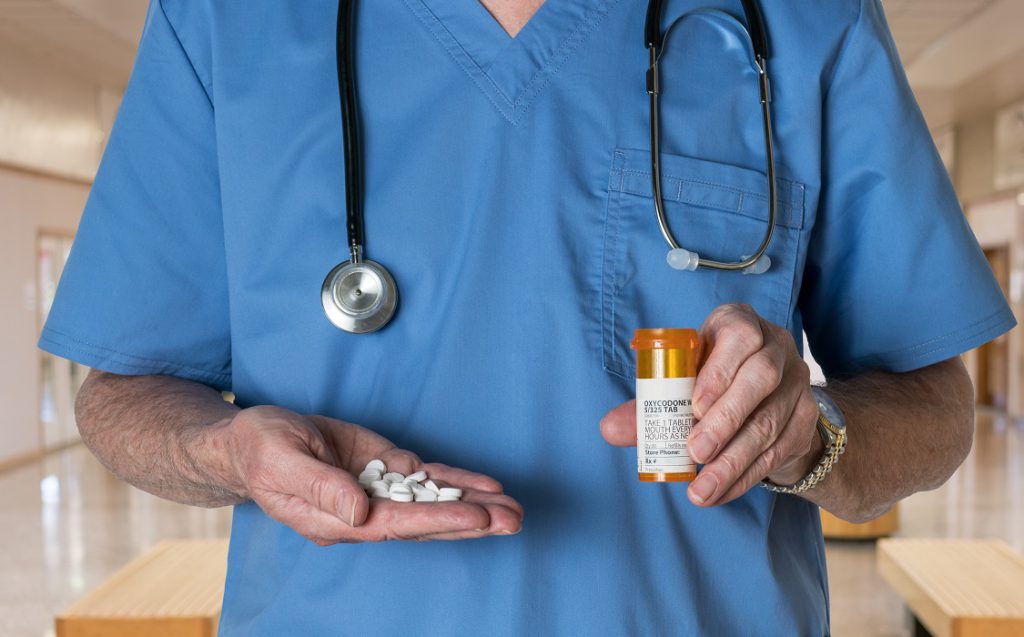 Opioid prescriptions have quadrupled over the last two decades.
Opioid prescriptions have quadrupled over the last two decades.
More than anything else, prescription opioid medication is to blame. Beginning in the late 1990s, pharmaceutical companies’ (now known to be false) assurances that patients would not become addicted to prescription opioid pain relievers prompted doctors to prescribe them without concern. Opioid overdoses grew in number in pace with addiction rates for the subsequent two decades. In 2015, more than 33,000 Americans died from a combination of prescription opioids, heroin, and illicitly processed fentanyl; additionally, 2015 saw an estimated two million Americans struggling with prescription opioid drug use disorders. As reported by the Centers for Disease Control and Prevention (CDC) in its publication on prescription opioid overdoses, between 1999 and 2015 more than 183,000 Americans have died from this cause.
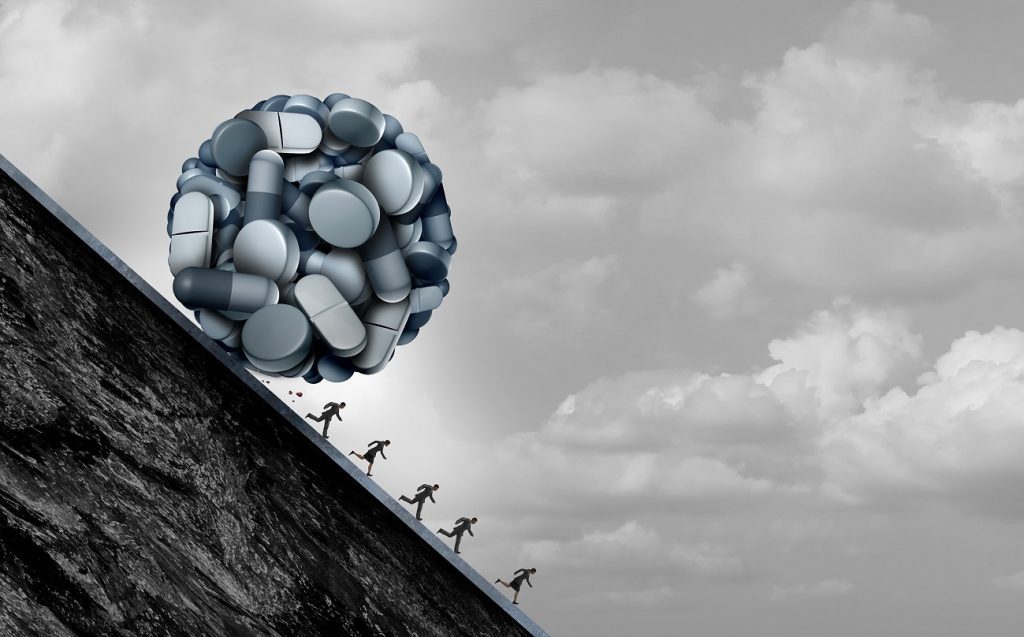 The opioid epidemic crushes lives and has been gaining in force over the last several years.
The opioid epidemic crushes lives and has been gaining in force over the last several years.
The above referenced NIDA publication on the opioid crisis goes on to cite the following alarming statistics:
- Roughly 21 to 29 percent of patients prescribed opioids for chronic pain misuse them.
- Between 8 and 12 percent develop an opioid use disorder.
- An estimated 4 to 6 percent who misuse prescription opioids transition to heroin.
- About 80 percent of people who use heroin first misused prescription opioids.
In response to this crisis, the U.S. Department of Health and Human Services (HHS) is making efforts to help. Areas of focus include improving access to treatment, increasing public understanding, supporting research on pain and addiction, promoting alternate pain management strategies, and—the topic of this article—supporting the use of overdose-reversing drugs, i.e., naloxone.
Availability of Naloxone on the Rise
Complementing efforts such as those exemplified by the NSA / Purdue Pharma partnership to provide law enforcement with naloxone products and training, recent years have seen a significant increase in the number of states enacting legislation aimed at facilitating access to naloxone by citizens. As naloxone has no established abuse potential, and as family and friends are the most likely to be nearest when a person suffers an overdose, it stands to reason that citizens would greatly benefit from having naloxone medication handy.
A report by the Network for Public Health Law (Network) entitled Legal Interventions to Reduce Overdose Mortality: Naloxone Access and Overdose Good Samaritan Laws, updated May 2017, describes the relatively quick action taken by state lawmakers to do just this. As conveyed in the report, “at the urging of organizations including the U.S. Conference of Mayors, the American Medical Association, the American Public Health Association, and the National Association of Boards of Pharmacy, all states have removed some legal barriers to the seeking of emergency medical care and the timely administration of naloxone.”
This is accomplished in two main ways. The first entails the reversal of existing laws prohibiting the sale of medication to persons other than those at risk for overdose—or the removal of the need to acquire a prescription altogether. Second, a deliberate restructuring of laws can encourage those in the proximity of an overdose to become “Good Samaritans” by notifying law enforcement and medical personnel without the fear of adverse legal ramifications. As of May 2015, all U.S. states and the District of Columbia had passed laws designed to increase citizens’ access to naloxone; also as of May 2015, 40 U.S. states and the District of Columbia had passed overdose Good Samaritan laws providing some degree of immunity from legal action for individuals who report an overdose. It should be noted that the particulars of these laws vary by state (the Network report provides a detailed chart accounting for the current status of these laws on a state-to-state basis).
The Network report adds that these legal changes can largely be credited for reversing more than 26,000 overdoses. Adoption of the amended naloxone access laws has also led to a 9 to 11 percent decrease in the opioid-related deaths in a state, which, considering the overdose fatality rates in the U.S. for the last several years, equates to a sizeable number of lives saved.
Fentanyl for First Responders Webinar
The rapidly growing need by law enforcement and other first responders for information about how to deal with the synthetic opioid fentanyl—or how to approach scenarios potentially involving fentanyl—has prompted NES Clan Lab Program Manager and Principal Instructor Brian Escamilla to develop a live webinar entitled Fentanyl for First Responders. The information presented in this webinar, which includes naloxone and naloxone products, is an invaluable asset to those who may encounter fentanyl or other opioids.
Click here for more information about the NES fentanyl webinar.
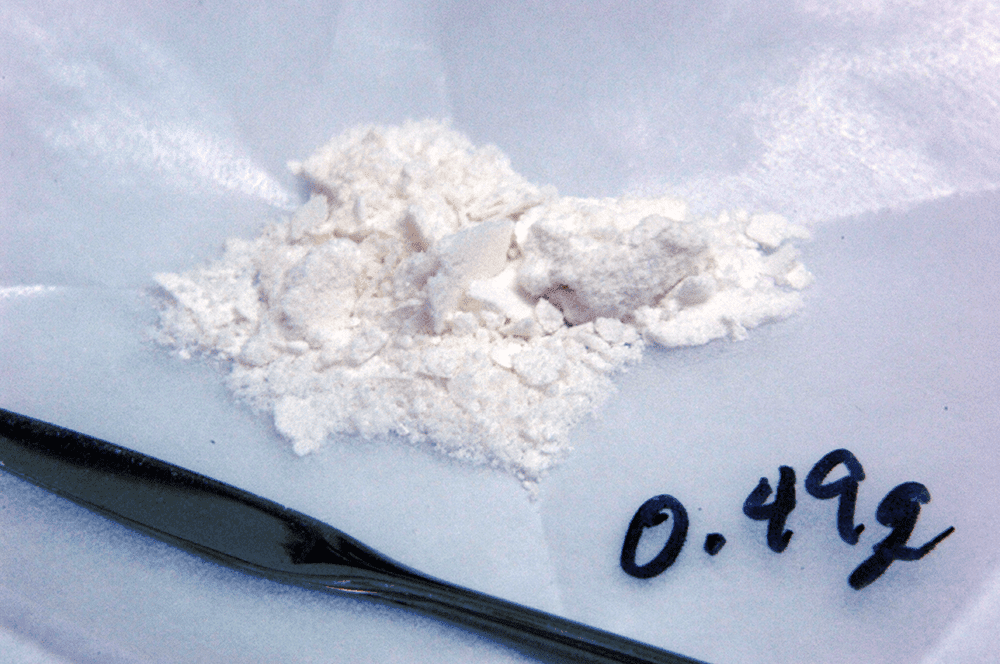 The Fentanyl for First Responders webinar has been offered by NES on multiple occasions in 2016 and 2017.
The Fentanyl for First Responders webinar has been offered by NES on multiple occasions in 2016 and 2017.
Naloxone: Conclusion
The word epidemic should not be lightly applied, but in the case of opioid misuse in the U.S. it is all too fitting. As long as concerned federal entities, private sector businesses, law enforcement agencies and personnel, healthcare providers, and ordinary citizens continue to unite in a common effort to educate and equip those affected (or potentially affected), the crisis can be combated. Naloxone stands at this time as the best front-line defense against opioid overdose fatalities.
References:
Purdue Pharma L.P. Announcement: National Sheriffs’ Association and Purdue Pharma Announce Additional Funding for Life-Saving Opioid Overdose Initiative
NSA Publication: May 2017 REPORT – Law Enforcement and Purdue Pharma: Saving Lives
NIDA Publication on Naloxone: Opioid Overdose Reversal with Naloxone (Narcan, Evzio)
NIDA Article: Naloxone—A Potential Lifesaver
NIDA Publication: Opioid Crisis
CDC Publication: Prescription Opioid Overdose Data
Network for Public Health Law Report: Legal Interventions to Reduce Overdose Mortality: Naloxone Access and Overdose Good Samaritan Laws
